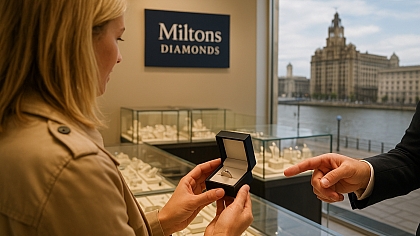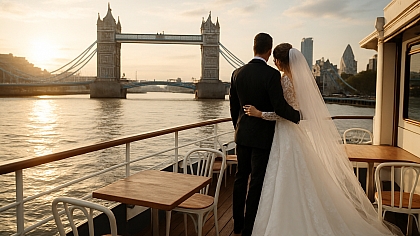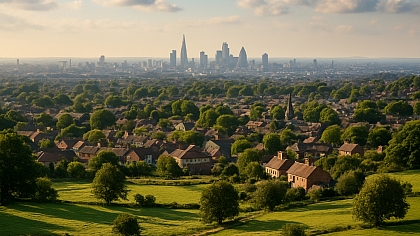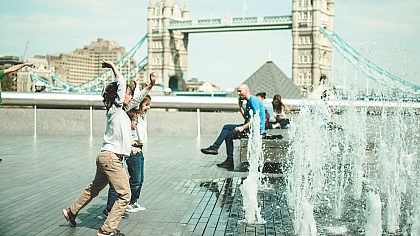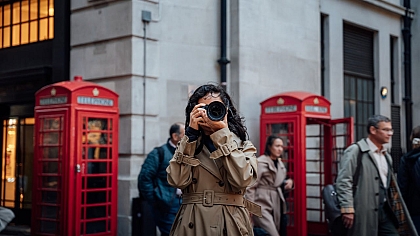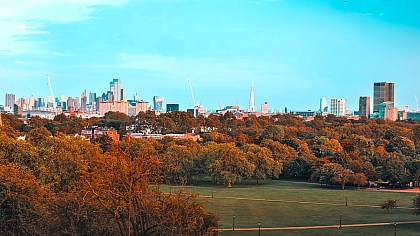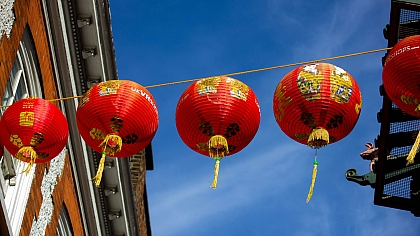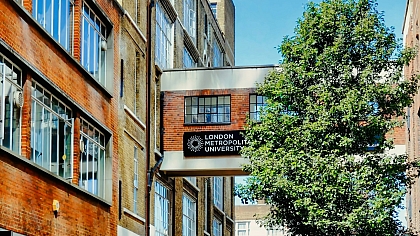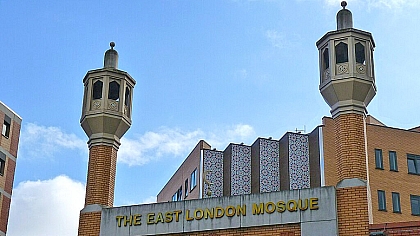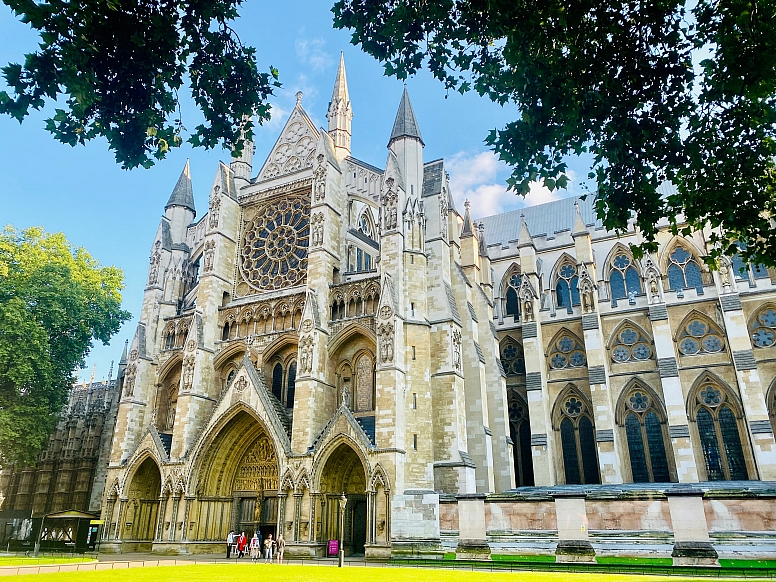
Hidden Stories Behind Westminster Abbey's Royal Monuments
Westminster Abbey stands as a living chronicle of Britain's royal history, its stone walls and soaring arches bearing witness to centuries of coronations, weddings and burials. Behind each monument and beneath every chapel lies a wealth of fascinating stories often overlooked by casual visitors. From the detailed carvings of the Lady Chapel to the silent grandeur of royal tombs, the Abbey holds secrets that bring history vividly to life.
Exploring this Gothic masterpiece without knowing its hidden narratives is like reading only the chapter headings of an epic novel. The poets, monarchs, scientists and warriors commemorated within these hallowed walls each contributed unique threads to Britain's cultural fabric. Their stories—some glorious, others tragic—offer visitors a connection to the nation's past that goes beyond what guidebooks typically reveal.
For those wishing to truly understand Westminster Abbey, historical context transforms stone and glass into compelling human drama. Admiring the Coronation Chair that has seated monarchs for centuries or discovering the unexpected tales behind Poets' Corner, visitors gain more knowledge through expert storytelling. The Abbey's long history becomes not just a timeline of events, but a window into the personalities and decisions that shaped Britain's royal and cultural legacy.
The Secret Symbolism of Royal Tombs
Hidden details carved into royal tombs offer clues to the Abbey's history that many tourists overlook. The Lady Chapel houses Elizabeth I's tomb, with an effigy thought to be based on her death mask. This remarkable royal monument showcases the finest Tudor craftsmanship.
Symbolic art in these royal monuments reflects broader national changes. Visitors who look carefully gain a deeper awareness of Britain's royal heritage. The Henry VII Lady Chapel contains numerous Tudor roses, symbolizing the union that ended the Wars of the Roses.
Queen Elizabeth I's monument tells its own silent story. Her effigy shows her in royal regalia, crowned even in death. Elizabeth wanted to be remembered as England's powerful Virgin Queen, married only to her country.
Mary, Queen of Scots, received a grand tomb from her son James I, despite her execution under Elizabeth I's orders. These rival queens' contrasting monuments reveal how royal tombs served political purposes beyond simple memorials.
Royal effigies changed over time. Early kings are depicted in a more formal and idealised manner, while later monuments show more human qualities. This shift suggests changing ideas about monarchy, from divine rulers to more human figures.
Lesser-Known Royal Figures Buried at Westminster Abbey
Westminster Abbey houses many lesser-known royals with fascinating stories. The "Little Princes," Edward V and Richard, Duke of York, disappeared in the Tower of London. Their remains were discovered in 1674 and later reburied in the Abbey.
Details about these princes and their final resting place are among the less noticed features in Westminster Abbey. Their tragic story continues to captivate visitors who know where to look.
Anne Neville, wife of Richard III, lies nearly forgotten in the Abbey. Her simple tomb contrasts with grander royal monuments. As the daughter of the "Kingmaker" Earl of Warwick, her life was bound up in the Wars of the Roses.
Oliver Cromwell was briefly buried in the Abbey with royal honours after the Civil War. When the monarchy returned, his remains were removed. His body was later hanged at Tyburn, and his head was displayed on a spike.
Many royal consorts in the Abbey have stories that surpass those of their royal spouses. Philippa of Hainault, wife of Edward III, was admired for her mercy. When Edward planned to execute the Burghers of Calais, pregnant Philippa knelt before him until he spared their lives.
Royal Women Who Shaped British History
Eleanor of Castile's influence on her husband Edward I changed English royal traditions. When she died in 1290, the heartbroken king ordered memorial crosses built at each place her funeral procession rested between Lincoln and London.
Her tomb in the Abbey features a gilt bronze effigy showing her beauty and Spanish heritage. Only a few of the original Eleanor Crosses survive today.
Catherine of Valois played a key role in linking the English and French thrones. Her marriage to Henry V was part of the Treaty of Troyes, which made their son heir to both kingdoms.
Visitors can see her tomb in the Abbey, where her body was visible for centuries before proper burial in Victorian times. After Henry's death, Catherine secretly married Owen Tudor, founding the Tudor dynasty. Those interested in royal burials can find further historical background through various reputable sources on Westminster Abbey's history.
Architectural Mysteries Within the Royal Chapels
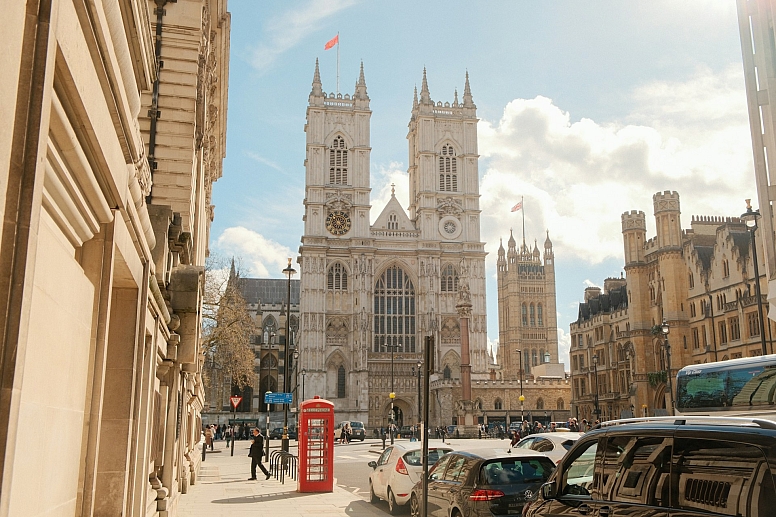
Henry VII's Lady Chapel ceiling contains mathematical puzzles that still intrigue experts. The fan vaulting creates an illusion of infinite space through advanced geometry. Master mason John Wastell designed this marvel without modern tools.
Throughout the Abbey, stonemasons left personal marks on stones to claim payment for their work. Careful observers might notice these tiny signatures, ranging from simple crosses to detailed symbols.
These marks offer a direct connection to the skilled hands that shaped the Abbey's walls. They highlight the personal pride these craftsmen took in their artistry.
Recent restoration work uncovered medieval stained glass and other artefacts hidden for centuries. During the Reformation, colourful wall paintings were whitewashed to remove "popish" imagery. These discoveries reveal hidden stories within Westminster Abbey.
Visitor Access to Royal Monument Treasures
The Henry VII Lady Chapel contains some of the most impressive royal monuments in Westminster Abbey. This area houses the tombs of Elizabeth I, Mary Queen of Scots, and several Tudor monarchs. The Royal Tombs area features medieval kings, including Edward the Confessor.
Blue Badge guides provide essential background that brings these monuments to life. These certified professionals undergo training in British history, architecture, and art. They share stories about royal rivalries and political intrigues.
Westminster Abbey tour options focusing on royal history offer the most thorough experience. These specialised tours examine coronation traditions and changing artistic styles that reflect Britain's evolving monarchy.
Photography restrictions protect these ancient relics. While photography is prohibited inside the Abbey, visitors can purchase guidebooks featuring detailed images. Sketching is permitted in most areas, offering a thoughtful way to document your experience.
Bringing Royal History to Life
Westminster Abbey's royal monuments preserve the legacies of Britain's rulers. Each detail and carving reflects centuries of ambition, loyalty, and change. Every stone and symbol shows how monarchs influenced national identity.
Learning about Tudor roses, distinct effigies, and powerful stories hidden in royal tombs guides visitors beyond surface recognition. Historical information helps decode these silent signals, turning visits into educational experiences.
Visitors who look for these connections leave with more than memories. They gain a sense of how past and present connect within the Abbey's ancient walls. This lasting connection ensures Westminster Abbey remains a unique royal memorial.
